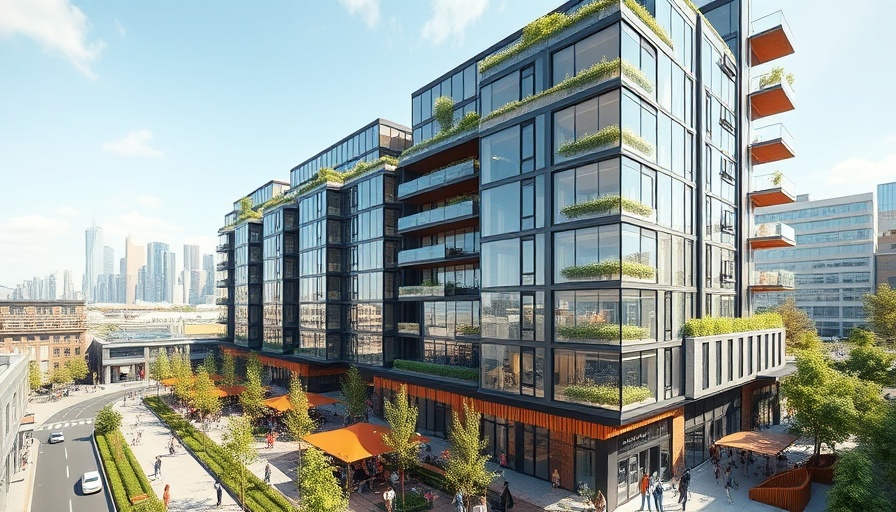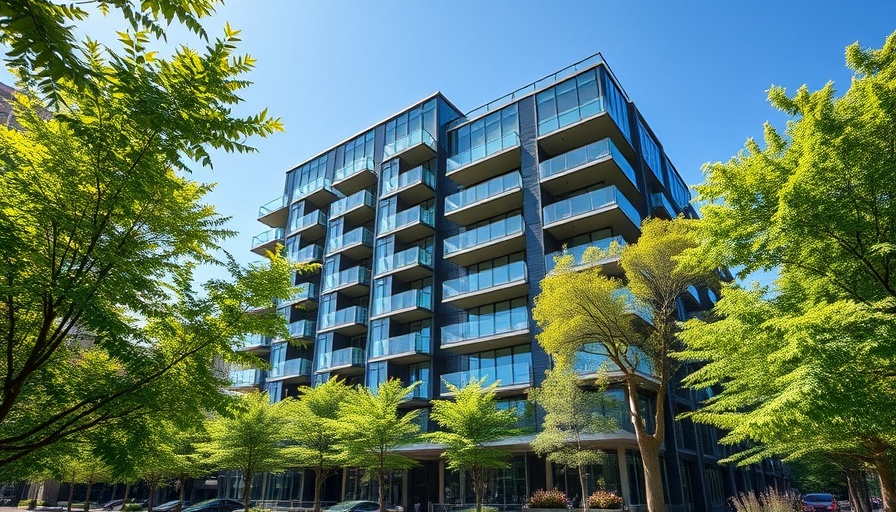
Kolter Group’s Ambitious Plan for Affordable Housing in Delray Beach
The Kolter Group is setting its sights on creating a significant multifamily housing project in Delray Beach with the introduction of the Alton Delray development, marked by its striking plan to include 386 apartment units, 154 of which will be designated as workforce housing.
Understanding Workforce Housing and Its Impact
Workforce housing refers to affordable rental units available for tenants earning between 80% and 120% of the area’s median income. For Delray Beach, this means an annual income range of about $83,200 to $124,800 based on the county’s median income of $104,000. With housing prices soaring, this initiative aims to offer a crucial lifeline to middle-class families struggling to find affordable living accommodations.
Leveraging the Live Local Act
In Florida, the Live Local Act plays a pivotal role in facilitating housing development. By allowing Kolter to bypass typical city commission approvals, this legislation streamlines the process for developments that prioritize affordable options on industrially zoned land. This new model has provoked various responses from local city commissioners, highlighting the delicate balance between rapid development and community needs. While many have praised the plan's design, some are concerned that the income thresholds may still be too high for the city's most vulnerable residents.
The Broader Implications of Alton Delray
Alton Delray's project, comprising a cluster of five buildings, is set to significantly reshape the neighborhood, bringing not just housing but also 1,748 square feet of industrial space. The design emphasizes accessibility and functionality, aiming for a blend of urban living and communal spaces that cater to the diverse needs of future residents.
The investment of $21.9 million for the 12.3-acre site reflects Kolter Group's commitment not only to housing but also to the economic revival of the area, in line with local needs and state goals for sustainable living. As we witness such developments, it’s essential for community members to engage in discussions regarding the implications for their neighborhoods and to advocate for housing policies that genuinely address their needs.
As the housing crisis persists across Florida, such innovative projects offer a glimpse into potential solutions. Understanding the balance of affordability, community input, and sustainable growth will be crucial for residents and policymakers alike.
 Add Row
Add Row  Add
Add 





 Add Row
Add Row  Add
Add 
Write A Comment